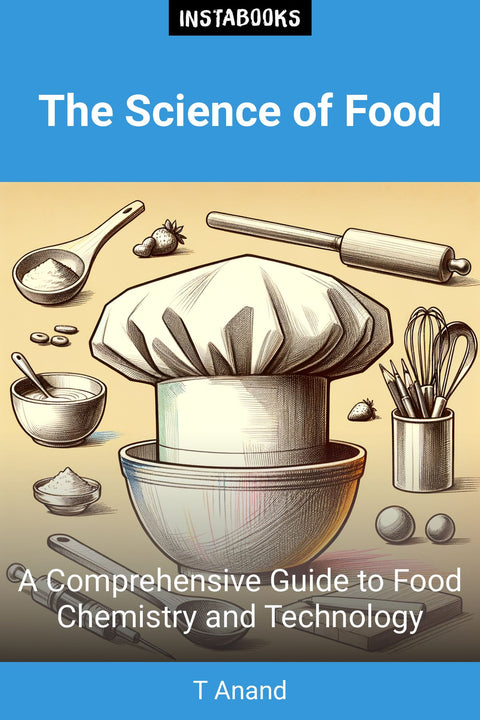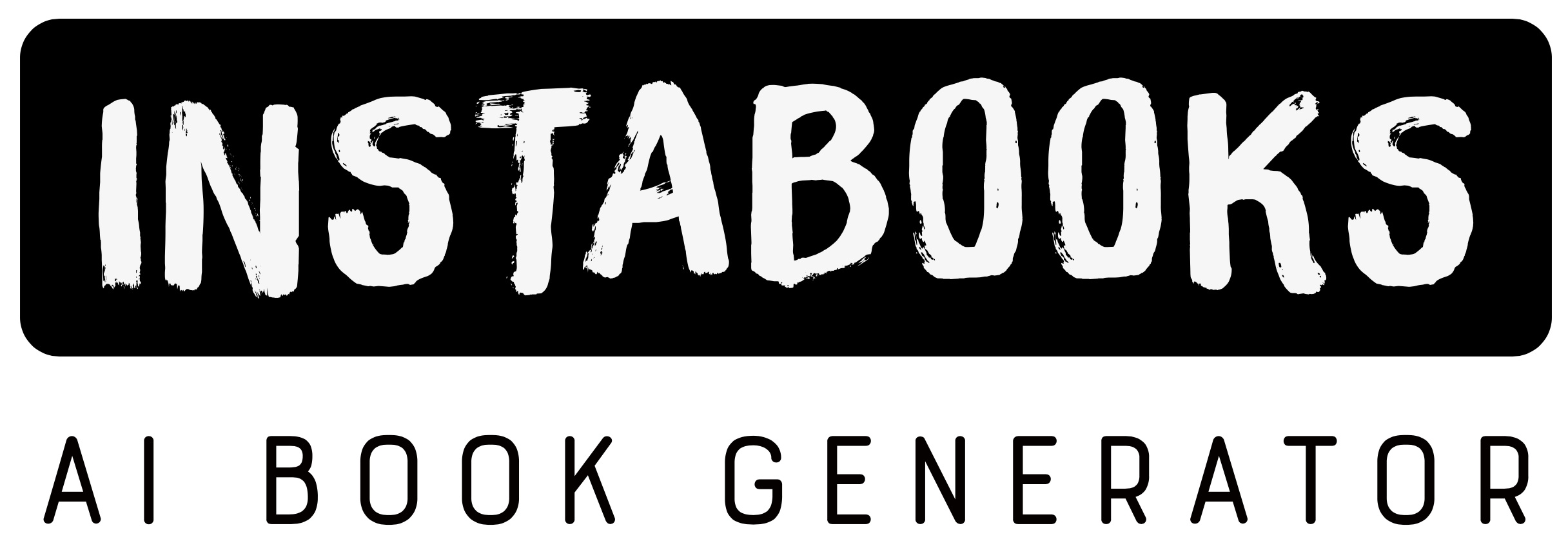
The Science of Food
A Comprehensive Guide to Food Chemistry and Technology
Included:
✓ 200+ Page AI-Generated Book
✓ ePub eBook File — read on Kindle & Apple Books
✓ PDF Print File (Easy Printing)
✓ Word DOCX File (Easy Editing)
✓ Hi-Res Print-Ready Book Cover (No Logo Watermark)
✓ Full Commercial Use Rights — keep 100% of royalties
✓ Publish under your own Author Name
✓ Sell on Amazon KDP, IngramSpark, Lulu, Blurb & Gumroad to millions of readers worldwide
Introduction to Food Science
This book provides a comprehensive overview of food chemistry, covering topics such as the role and properties of water, major and minor constituents of food, food additives, natural food colorants, and food flavors.
Key Topics
- Water: structure, physical and chemical properties, glass transition, and water activity
- Carbohydrates: functions in foods, non-caloric dietary fiber, and use in different functional roles
- Lipids: structured lipids, low-caloric fats, and biotechnology
- Proteins and Enzymes: functionality of proteins and the increasing role of enzymes in food production and transformation
Additional Information
The book provides basic information on the composition of food and the chemical and physical characteristics they undergo during processing, storage, and handling.
Table of Contents
1. Introduction to Food Science- What is Food Science?
- Importance of Food Science
- Scope of Food Science
2. Water in Food
- Structure and Properties of Water
- Glass Transition and Water Activity
- Role of Water in Food Processing
3. Carbohydrates in Food
- Functions of Carbohydrates in Foods
- Non-Caloric Dietary Fiber
- Use of Carbohydrates in Different Functional Roles
4. Lipids in Food
- Structured Lipids
- Low-Caloric Fats
- Biotechnology in Lipid Production
5. Proteins and Enzymes in Food
- Functionality of Proteins
- Increasing Role of Enzymes in Food Production
- Transformation of Proteins and Enzymes in Food
6. Food Additives and Natural Food Colorants
- Types of Food Additives
- Natural Food Colorants
- Regulations and Safety of Food Additives
7. Food Flavors and Aroma
- Types of Food Flavors
- Aroma Compounds in Food
- Flavor Enhancement and Modification
8. Food Processing and Technology
- Introduction to Food Processing
- Food Processing Techniques
- Food Technology and Innovation
9. Food Safety and Quality Control
- Introduction to Food Safety
- Food Quality Control Measures
- Regulations and Standards for Food Safety
10. Food Nutrition and Health
- Introduction to Food Nutrition
- Nutritional Benefits of Food
- Food and Health Relationship
11. Food Science and Technology in the Future
- Emerging Trends in Food Science
- Future of Food Technology
- Challenges and Opportunities in Food Science
12. Conclusion
- Summary of Key Points
- Future Directions in Food Science
- Final Thoughts
Target Audience
Students and professionals in the field of food science and technology
Key Takeaways
- Comprehensive understanding of food chemistry and technology
- Knowledge of the role and properties of water, carbohydrates, lipids, proteins, and enzymes in food
- Understanding of food additives, natural food colorants, and food flavors
- Introduction to food processing, technology, and innovation
- Understanding of food safety and quality control measures
- Knowledge of food nutrition and health relationship
